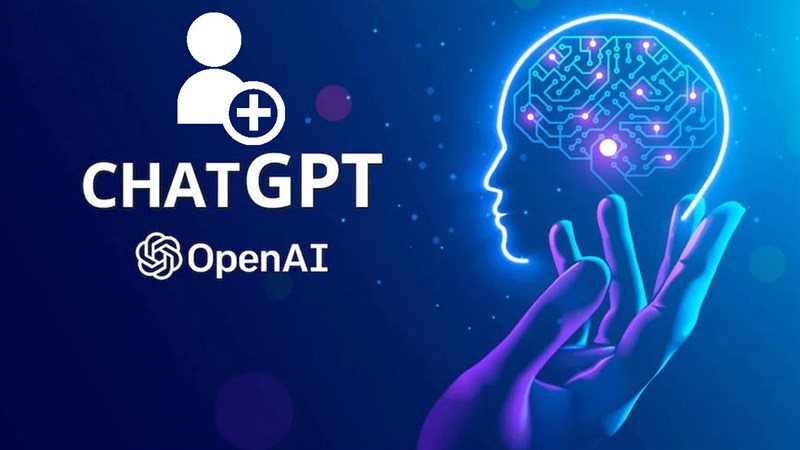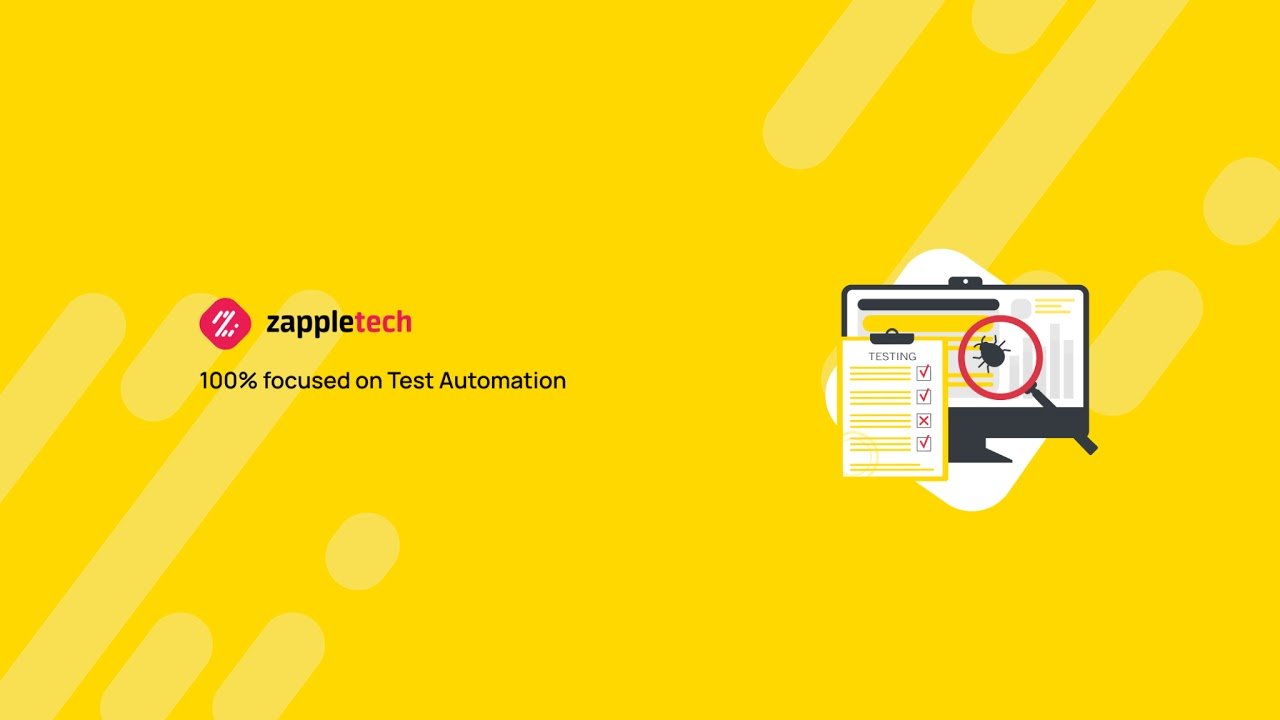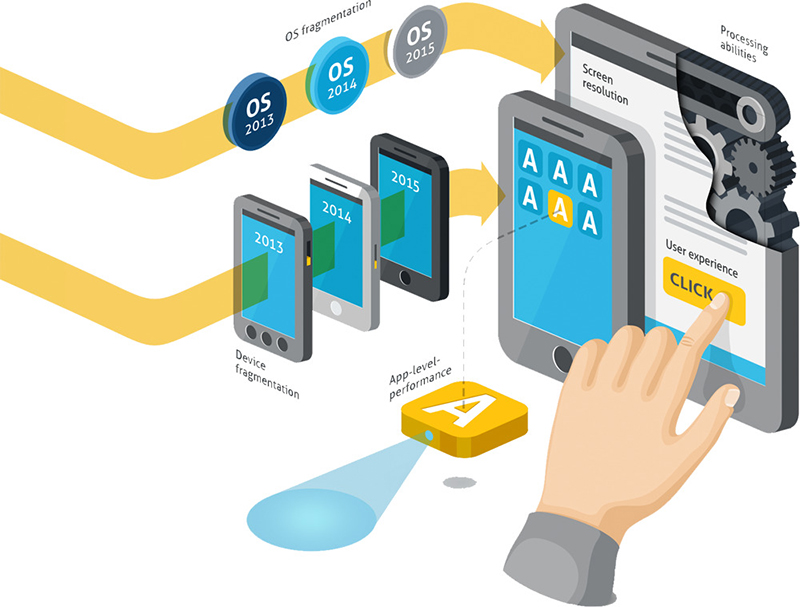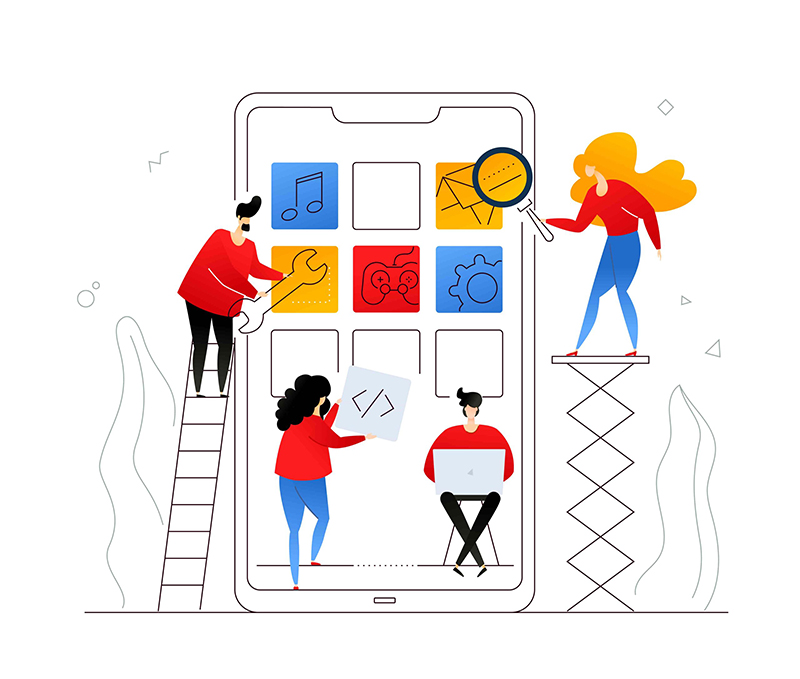Discovering the Capabilities of ChatGPT: An Insight into the AI-Language Model's Features and Functions
Advancements in natural language processing lead to language models such as ChatGPT. ChatGPT is an AI language model developed by OpenAI that can generate coherent and human-like responses to text-based input. With its ability to understand and respond to natural language, ChatGPT has the potential to transform various industries and applications, including customer service, content creation, and healthcare. As well as its strengths, limitations, and ethical considerations.
Related posts:
Teapioca Lounge: A Haven for Tea and Tapioca LoverThe Significance and Function of the Assembly Hall of Jehovah's Witnesses
1. Definition

ChatGPT. Source: Proreviewsapp.com
ChatGPT is an AI language. It is trained on the massive internet, allowing it to learn human language patterns and generate coherent and relevant responses. The model can handle various language tasks, such as translation, sentiment analysis, and text summarization. It is designed to understand the context of the conversation and provide relevant and appropriate responses. The model has gained popularity for its versatility, accuracy, and ability to mimic human-like language. It has been used in various applications, such as chatbots, virtual assistants, and language translation tools.
2. How does ChatGPT work?
It uses a deep learning technique called "transformer neural network" to process and analyze natural language input. It allows it to learn patterns in human language and generate coherent and relevant responses.
ChatGPT breaks down the input into individual words when a user inputs text and analyzes them using its trained neural network. The model then uses this analysis to generate a relevant response to the input. The response is generated word by word, with each word chosen based on the probabilities the neural network calculates. This allows ChatGPT to generate fluent, grammatically correct responses,
This Is How ChatGPT Actually Works. Source: Youtube
The model is designed to consider the previous text input when generating a response, allowing it to generate appropriate and relevant responses to the conversation. ChatGPT also can learn and adapt to new data and contexts, which allows it to improve over time.
Overall, It works by processing natural language input using its trained neural network and generating responses based on the probabilities calculated by the network. Its ability to understand the context and adapt to new data makes it a versatile and powerful AI language model.
3. Applications of ChatGPT?
It has a wide range of applications in various industries and fields. Here are some examples of its applications:
Customer service: can power chatbots and virtual assistants to assist customers with inquiries and issues. The model can handle various customer queries and provide relevant real-time information, improving customer satisfaction and reducing response times.
Healthcare: can be used to develop conversational agents that can interact with patients and provide healthcare information and support. The model can also be used to analyze patient data and provide insights to healthcare professionals, improving patient outcomes and reducing healthcare costs.
Education: can be used to develop interactive learning tools to provide students with personalized and adaptive learning experiences. The model can also be used to analyze student data and provide insights to educators, which can help them tailor their teaching approaches and improve student outcomes.
Language translation: The model can handle various languages and provide accurate translations in real time, facilitating communication and collaboration across language barriers.
Content creation: can generate content such as articles, blog posts, and social media posts. The model can analyze the input data and generate coherent and relevant content, saving content creators time and resources.
Financial services: can be used to develop conversational agents t assist customers with financial planning, investment advice, and fraud detection. The model can also be used to analyze financial data and provide insights to financial institutions, which can improve their decision-making processes and reduce risks.
Overall, the versatility and accuracy of ChatGPT make it a powerful tool for various applications in different industries and fields.
4. Strengths of ChatGPT
ChatGPT: The benefits and limitations of AI chatbots | DW News. Source: Youtube
ChatGPT has several strengths that make it a powerful AI language model. Here are some of its strengths:
Natural language processing: designed to process and analyze natural language input, which allows it to understand the context and generate relevant responses. The model can handle various language tasks, such as translation, sentiment analysis, and text summarization.
Large-scale training data: trained on a massive dataset of text data from the internet, which allows it to learn patterns in human language and generate coherent and relevant responses. The large-scale training data also allows the model to handle various topics and domains.
Contextual understanding: The model can consider the previous text input when generating a response, which allows it to generate coherent and natural responses.
Continual learning: ChatGPT can learn and adapt to new data and contexts, which allows it to improve over time. The model can also incorporate feedback from users to improve its responses.
Versatility: ChatGPT can be used in various applications, such as chatbots, virtual assistants, language translation tools, and content creation. Its versatility makes it a powerful tool for different industries and fields.
High accuracy: ChatGPT has achieved high accuracy in various language tasks, such as translation and text generation. The model's accuracy has been tested and validated in several benchmarks and competitions.
Overall, the natural language processing capabilities, large-scale training data, contextual understanding, continual learning, versatility, and high accuracy of ChatGPT make it a powerful and reliable AI language model.
5. Limitations of ChatGPT
Partial training data: ChatGPT is trained on text data from the internet, which may contain biases and inaccuracies. The model may learn and replicate these biases, leading to biased responses and perpetuating social and cultural stereotypes.
Testing the limits of ChatGPT and discovering a dark side. Source: Youtube
Lack of common sense knowledge: ChatGPT may need more common sense knowledge, which can limit its ability to understand and generate responses to certain situations.
Limited long-term memory: ChatGPT has a limited long-term memory, which can affect its ability to maintain a coherent conversation over a long period. The model may need to remember previous conversations or responses, which can lead to repetitive or irrelevant responses.
Vulnerability to adversarial attacks: ChatGPT may be vulnerable to adversarial attacks, where malicious users can input text to trick the model into generating inappropriate or harmful responses. This can be a concern for applications such as customer service and healthcare, where the responses generated by the model can have significant consequences.
Limited domain expertise: ChatGPT may need expertise in specific domains, such as medicine or law. The model may generate responses that need to be more accurate or appropriate for specific domain-specific queries.
While ChatGPT has shown significant progress in natural language processing, its limitations must be addressed to improve its reliability and effectiveness in various applications.
6. Ethical considerations of ChatGPT
As with any technology, ChatGPT raises ethical considerations that need to be considered. Here are some of the ethical considerations related to ChatGPT:
Bias and discrimination: As mentioned earlier, ChatGPT can perpetuate biases and stereotypes in the training data. This can lead to discriminatory responses that can harm certain groups of people.
Privacy and data protection: ChatGPT requires large amounts of data to train and improve its responses, which can raise concerns about data privacy and protection. There may be concerns about the collection, storage, and use of personal data by the model's developers.
Accountability and transparency: There may be concerns about the accountability and transparency of the developers and users of ChatGPT.
Impact on employment: ChatGPT can replace human workers in specific industries, such as customer service and content creation. This can lead to job losses and affect the livelihoods of many people.
Unintended consequences: ChatGPT can have unintended consequences, such as generating offensive or harmful content. Developers and users of the model need to be aware of these potential risks and take steps to prevent them.
Overall, the ethical considerations related to ChatGPT are highlighted. This includes ensuring that the model is trained on unbiased and diverse data, protecting personal data, preventing misuse, ensuring accountability and transparency, and considering the impact on employment and society.
Conclusion
ChatGPT is a powerful AI language model that can transform various industries and applications. In comparison, it has strengths, such as its ability to generate coherent and human-like responses. As research in natural language processing continues to advance, it will be essential to consider these factors and ensure that ChatGPT and similar models are developed and used ethically and responsibly.
Related posts:
Buy Google Reviews. Positive effects of Google Reviews and Google Map for any businesses worldwide
How to Buy Top App keyword position for your Android, iOS apps, and games
Thanks for reading.
Source: Buy app reviews








Leave a Reply
Your e-mail address will not be published. Required fields are marked *